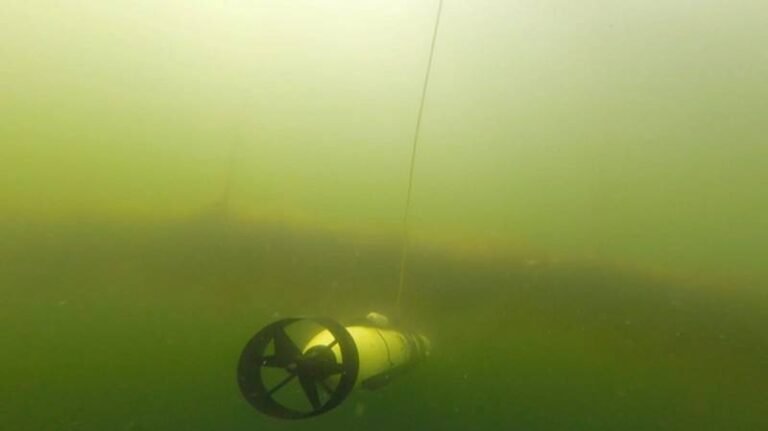Revolutionizing European Aquaculture with AI Solutions
European sea farmers are on the cusp of a technological revolution in aquaculture, thanks to cutting-edge AI solutions developed by researchers at the renowned KTH Royal Institute of Technology in Stockholm. Spearheading these groundbreaking initiatives is researcher Fredrik Gröndahl, who is at the forefront of leveraging machine learning to tackle operational challenges and drive cost reductions in the aquaculture industry, particularly in remote and inaccessible offshore waters.
The Potential of AI in European Aquaculture
One of the key challenges faced by seafood farmers in Europe is the high costs associated with accessing seaweed beds, which are increasingly located further offshore to mitigate conflicts with coastal activities. To address this issue, researchers at KTH are exploring innovative solutions that involve replacing traditional methods involving boats and divers with autonomous underwater vehicles (AUVs) optimized for the cold Nordic waters.
These AUVs, equipped with advanced sonar technology and AI-driven algorithms, are designed to autonomously navigate along submerged ropes where seaweeds grow, eliminating the need for human intervention. This revolutionary approach promises to revolutionize sea farming practices and enhance competitiveness on a global scale.
AI Applications in Fish Farming
In addition to optimizing seaweed cultivation, AI is also being adapted for fish farming operations. Researchers at the Blue Food research center are testing algorithms in oyster beds to differentiate between invasive and approved oyster species, streamlining the cultivation process and ensuring compliance with EU regulations.
Furthermore, AI is being harnessed to enhance fish feed management by utilizing submerged microphones to detect the sounds of fish eating. This automated feeding system adjusts feed release based on fish activity, minimizing waste and reducing costs for fish farmers.
Driving Innovation and Sustainability
Gröndahl emphasizes the importance of automation and optimization in European aquaculture to remain competitive in the global market. By leveraging AI technologies, sea farmers can achieve greater efficiency, reduce labor costs, and enhance overall productivity.
Moreover, the integration of AI in aquaculture opens up opportunities for synergies with the energy sector, particularly in combining offshore wind farms with seaweed cultivation. This innovative approach not only boosts sustainability but also enables continuous monitoring of energy infrastructure in harsh ocean conditions.
As Europe embarks on this transformative journey towards AI-driven aquaculture, the potential for growth and innovation in the industry is limitless. By embracing technology and automation, sea farmers can unlock new possibilities and drive sustainable practices for the future.
With underwater drones navigating seaweed beds and AI algorithms revolutionizing fish farming, European aquaculture is poised for a new era of growth and competitiveness in the global market.

